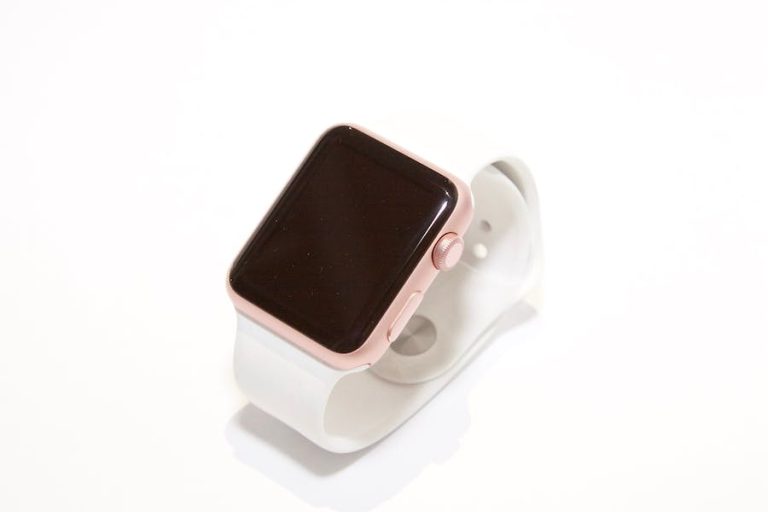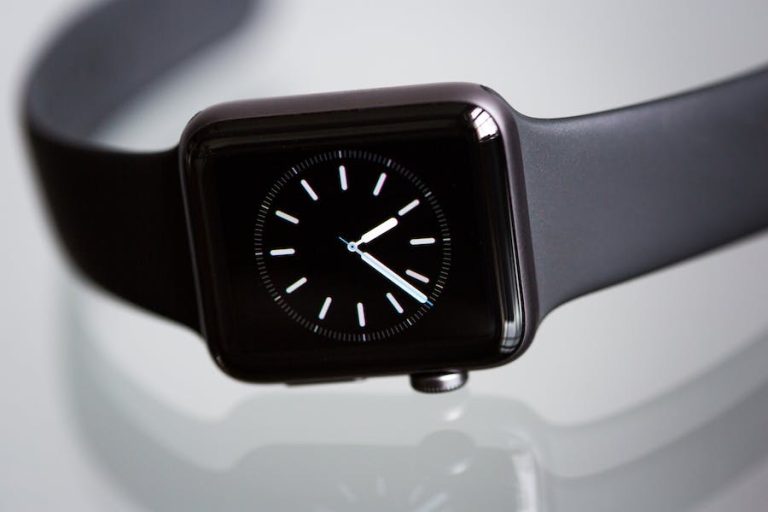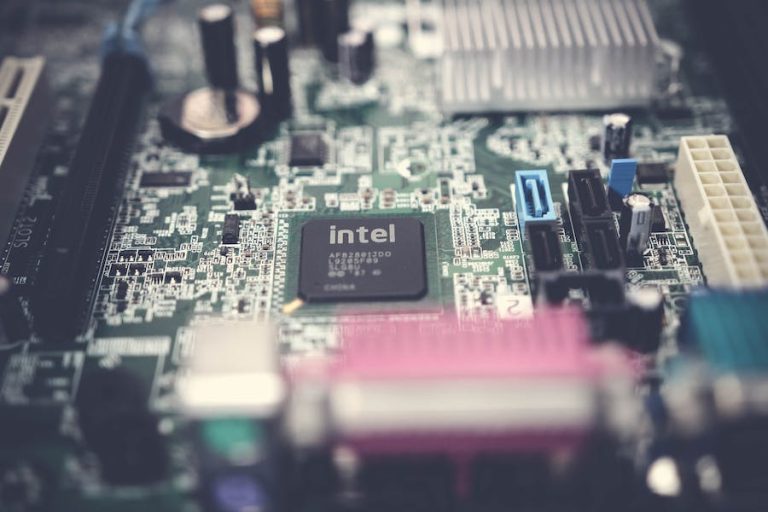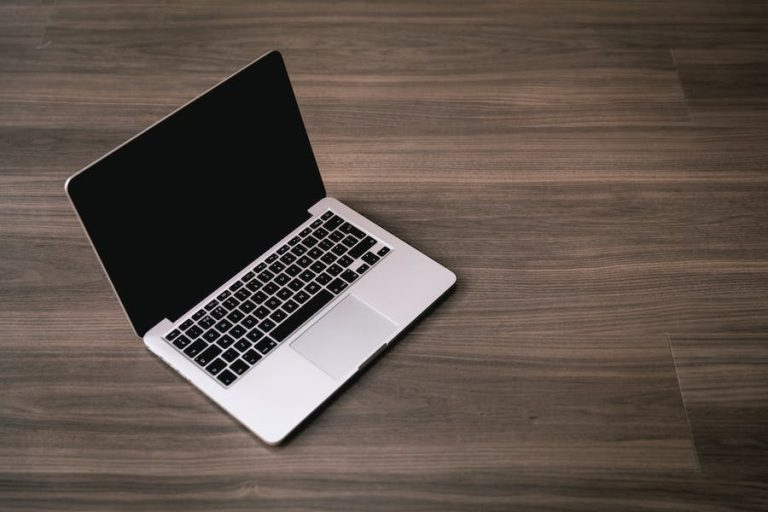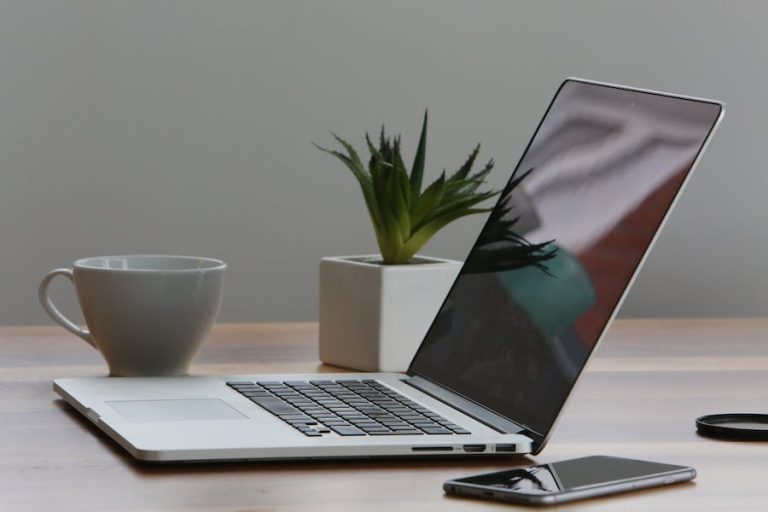How do smartwatches measure blood pressure? Modern smartwatches have always excelled at health informatics, with the latest features setting a high standard.
The latest smartwatches are capable of monitoring not only blood pressure but also pulse rate, determining sleep patterns, and step count.
Smartwatches have gained popularity over time due to their ability to monitor various health indicators. The ability to monitor blood pressure is a more recent addition to this set of features.
Presently, it is an astounding advancement in health technology. You might not even need a visit to the doctor to perform the tasks now possible with a wristwatch. But to what extent can you rely on the statistics, and what is their reliability?
Let’s discuss how smartwatches measure blood pressure, the concepts behind it, and the advantages they provide.
How Do Smartwatches Measure Blood Pressure?
Smartwatches can measure blood pressure using sensory software and modern algorithms. The sensors convert variations in blood flow through the arteries in the wrist into electrical signals.
Following this, the algorithm calculates the blood pressure by analyzing the data. The displayed data appears on the smartwatch’s screen. Ot your linked phone.
Blood Pressure Explained and Measuring It
Simply put, blood pressure is the pressure your blood exerts against the arterial walls. When your heart contracts and forces blood through your vessels, you experience diastolic or systolic pressure.
The lowest pressure occurs between contractions, also known as diastolic pressure. These two values, expressed in millimeters of mercury (mmHg), indicate whether your blood pressure is high or low.
The most precise method for monitoring blood pressure is inserting a cannula (a catheter) into an artery and manually extracting the pressure. With the degree of intrusion involved, it is not recommended for routine blood pressure measurements.
The auscultatory method is the most common method employed to measure blood pressure.
A blood pressure cuff is placed in your upper arm (where the major artery is located) and inflated to obstruct normal blood flow.
A medical practitioner will typically record the systolic and diastolic pressure to determine your blood pressure accurately.
Electronic blood pressure devices function the same way. The auscultatory technique entails the progressive implementation of a cuff that completely obstructs the passage of blood.
As the blood pressure gradually decreases and circulation resumes, pressure monitors integrated into the cuff document the fluctuations in pulse pressure.
Importance of Keeping In Check Blood Pressure
As per the World Health Organization, complications associated with hypertension result in 9.4 million deaths annually. However, many individuals with hypertension do not even know they have it.
Consistent blood pressure monitoring is the sole method of ascertaining with certainty whether an individual’s blood pressure is excessively high.
For this, physicians utilize a standard arm cuff reader. Although similar devices are available at home, they are not without limitations.
According to the International Journal of Preventive Medicine, inaccurate readings may result from improper arm positioning and band fit of at-home blood pressure monitors.
White coat syndrome, characterized by elevated blood pressure, is common among medical personnel due to the tension associated with working in a medical environment.
The arm restraint device is also ineffective on more prominent individuals. Many health technology companies are developing intelligent technologies that simplify blood pressure monitoring.
Hypertension is a form of high blood pressure characterized by the excessive outflow of blood from the heart into the arteries.
With every heartbeat, the arteries transport blood throughout the body. Hypertension occurs when the blood exerts excessive force against the arterial walls. Failing to address this issue may result in cardiac arrest or cerebrovascular accidents.
Several factors can increase an individual’s susceptibility to hypertension. Individuals with diabetes or who are overweight, for example, have an increased risk of developing hypertension.
Smoking, insufficient physical activity, excessive alcohol consumption, and sodium intake can all contribute to an increased risk. Age and familial lineage are additional significant factors to consider.
Long-lasting hypertension, notwithstanding this, may result in severe health complications. Consequently, it is critical to monitor one’s blood pressure frequently, as hypertension lacks conspicuous symptoms.
Avoid stress, and adhering to the medications prescribed by your doctor helps reduce the chances of getting hypertension. Follow these daily guidelines to prevent hypertension or keep it under control:
- Avoid smoking.
- Moderate salts and fat intake
- Keep your weight in check
- Exercise and work frequently
- Monitor your blood pressure
It is advisable to monitor blood pressure frequently if you have hypertension or are at risk of developing it so that you can identify patterns and fluctuations in the readings.
Monitor your blood pressure regularly if you have a condition that predisposes you to hypertension, such as diabetes or kidney disease.
A home blood pressure monitor and recorder can facilitate an expedited diagnosis of hypertension and contribute to more effective treatment.
Smart Watches Tracking Blood Pressure
Individuals who have hypertension can utilize home monitors to monitor and manage their condition. Most devices currently available on the market are stand-alone models with restraints that you place on your wrist or upper arm.
Smart rings, facial scanners, and even smart lavatory seats have garnered considerable interest from the public. However, fitness monitors and smartwatches are the most popular.
Since hypertension is on the rise, the abundance of new blood pressure monitoring technologies may be a positive development.
Smartwatches can measure your blood pressure by measuring systolic and diastolic blood pressure via an internal photoplethysmogram sensor. Calibration is the first step before using a smartwatch to take blood pressure readings.
A blood pressure cuff is required to calibrate the Galaxy Watch 5 and numerous other models. The process won’t be necessary for another three months, thanks to smartwatches programming.
The blood pressure app will receive the results from the watch, which will then begin analyzing the blood pressure.
Physicians assess blood flow pressure by using a hand-tightened cuff with a computerized blood pressure monitor. With a smartwatch, however, everything changes.
Smartwatches come with optical back-mounted heart rate sensors that monitor health data such as pulse rate.
It measures the distance a pulse must travel to reach the wrist from the heart. In addition, it monitors Pulse Transit Time (PTT) and blood pressure.
Blood pressure influences the transit time of the pulse. The pulse transit time is shorter when blood pressure is high and prolonged when blood pressure is low.’
The provision of blood pressure readings via the smartwatch incurs a significant delay, prolonging the waiting period.
Use a strap or tourniquet to halt the blood flow for optimal results temporarily. Thus, the heart ensures that blood flows with the appropriate level of force throughout the body.
Simply put, the watch measures the duration of blood circulation from the heart to the wrist and then displays the information as your blood pressure.
The smartwatch technology is beneficial in some respects. They come in handy if you have family members (likely over the age of 50) who have hypertension or hypotension. However, it’s not advisable to rely solely on a smartwatch.
Tips for Getting An Accurate Blood Pressure Reading
Increase the chances of recording close to accurate blood pressure recording by doing the following;
- Ensure you sit in a chair with your arms on the table in a comfortable place. Ensure your watch is on the same wrist when you calibrate it.
- Avoid smoking, taking alcohol, or exercising for a minimum of 30 minutes before taking your readings.
Drawbacks on Using Smart Watches to Measure Blood Pressure
Their reliance on the Photoplethysmography (PPG) output constitutes one of the primary shortcomings of these methods.
Despite being more precise than ever, PPG sensors in smartwatches are still susceptible to much interference. Movement, sweat, and the environment can all affect the quality of the PPG signal, resulting in less precise blood pressure readings.
Blood pressure is a parameter that fluctuates significantly. Obtaining distinct results from measurements made at various body parts is entirely possible. Ensure you position your smartwatch at the same height for precise readings.
A change in height levels/altitude is the difference in pressure of 10 mmHg or greater—the difference between normal blood pressure and hypertension.
Smartwatch manufacturers are doing everything to get accurate readings, given the consequences of hypertension. With technological advancement and groundbreaking innovations, the smartwatch will up its game sooner or later.
FDA is crystal clear about what technology they will allow to enter the market with proper supervision and control.
The FDA restricts smartwatches providing blood pressure measurement, and the only approved device is the Omron HeartGuide. The watch contains a tiny inflatable cuff that accomplishes this function.
Public health experts still cannot conceive of a fashionable smartwatch capable of continuously monitoring blood pressure. The introduction of such a device could significantly contribute to the struggle against hypertension and cardiovascular disease.
The convergence of advanced scientific knowledge, cutting-edge technology, and machine learning could potentially lead to the production of such a smartwatch.
Conclusion
How do smartwatches measure blood pressure? Fitness monitors and smartwatches have advanced significantly since 2009, when the first Fitbit launched in the modern gadget industry.
During that period, the sole measurable indicator was the count of steps completed. Five years later, timepieces have changed and can now measure blood oxygen and pulse rate for only a few dollars.
However, despite recent advancements in mobile health technology, major device manufacturers have yet to provide consumers with the ideal smartwatch.
A watch that accurately measures blood pressure and is fashionable. With the advent of technology, it’s only a matter of time before the invention is actu

